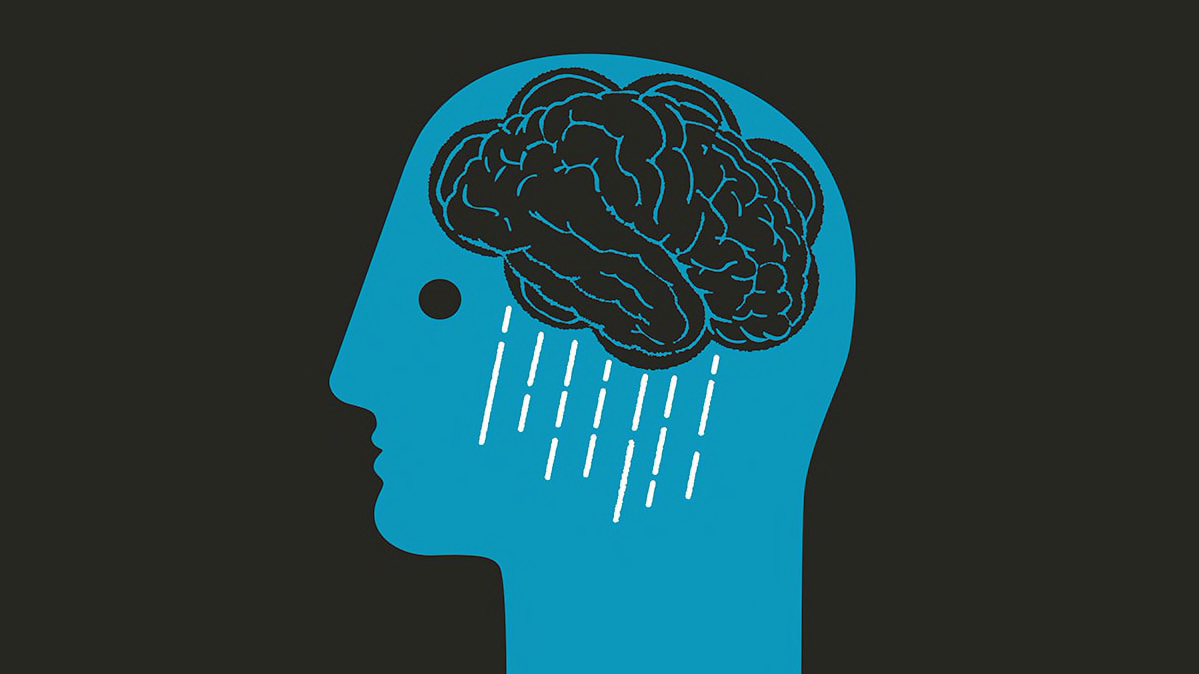Organisms naturally process new information through daily experiences and observations. This concept may be referred to as biological preparedness, when the mind sequentially connects experiences in order to learn by association. However, there are many different ways that the brain can be conditioned to form these connections. Classical conditioning is a learning theory discovered by Russian physiologist Ivan Pavlov. In general terms, this type of learning associates an environmental stimulus with a naturally occurring stimulus in order to produce a new learned response in a person or animal. Classical conditioning can be broken down into stages before, during and after conditioning to better understand how organisms develop a response to stimuli. The chart below pictures the general relationship between stimulus and response in each stage of classical conditioning that can be applied to the Little Albert experiment example discussed in the next paragraph.
Pavlov found that objects or events could trigger a conditioned response, which was further proven in this experiment with Little Albert. Before conditioning, the baby would hear a loud noise (unconditioned stimulus / US) and naturally begin to cry (unconditioned response / UR). He was also separately shown a white rat before conditioning but had no response to it. During conditioning, the baby heard the loud noise (US) at the same time that he was shown a white rat (neutral stimulus), making the baby cry (UR) in the presence of both. After showing him the white rat each time a loud noise was played, the baby eventually began to cry whenever the white rat was shown even when a loud noise wasn’t played. This means that the white rat turned from being a neutral stimulus into a conditioned stimulus (CS) and the crying became the conditioned response (CR).
This past summer, my family and I got a new puppy. The puppy was not trained at the time so my family and I had to condition it to behave and follow certain commands. In order to get her to sit down when we did a certain hand gesture, we decided to use treats as incentive. Before conditioning, the puppy would see the treat (US) and jump up to try to get it (UR). During conditioning, we showed the puppy the treat (US) at the same time as we did the hand gesture (neutral stimulus) but placed her into a sitting position when she tried to jump up on us (UR) and didn’t give her the treat until she was in that position. After doing this for a while, the puppy eventually learned to sit (CR) each time we did the hand gesture (CS) because she eventually associated the hand gesture to getting rewarded with food.
Sources:
Trimmer, Lisa. “Learning: Classical Conditioning.” PlayLearnParent, 6 Oct. 2011
Neese, Brian. “Consumer Behavior Theories: Pavlovian Theory.” Husson University, 26 Aug. 2019










